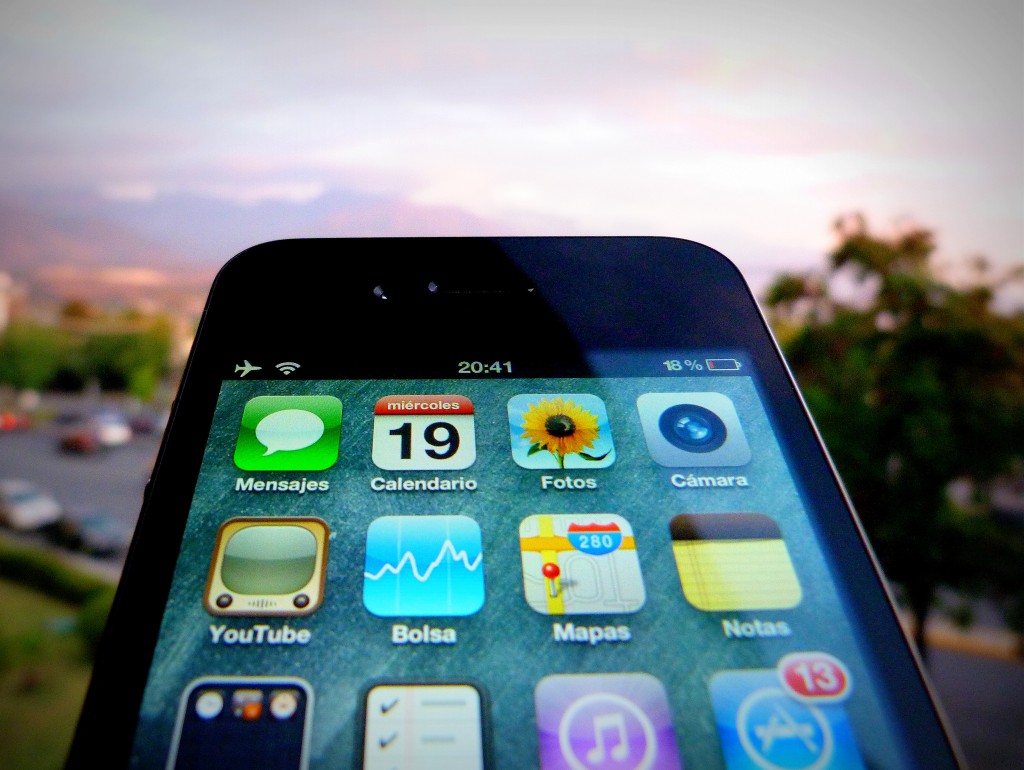
It’s not likely to have featured among your list of New Year resolutions, but it is definitely one you should belatedly adhere to (especially if you received one of Apple’s phones this Christmas): making sure your iPhone is safe from harm.
A smartphone is a bountiful source of personal information such as photographs, contacts, and even back details. This means that cybercriminals are increasingly eyeing them up as ways to take advantage of unwary victims. Even though some of the most basic security measures are very easy to follow, many of us forget to implement them, and this leaves us at risk. This is why we’re going to highlight the easiest ways for you to keep the information stored on your iPhone safe from criminals.
1- Secure identification
One good feature of new Apple devices is that you can choose a method of authentication that isn’t a traditional password. The devices come with biometric sensors installed on their screens which recognize fingerprints and allow the user to unlock and access their smartphone.
You can also opt for an access code that is longer and more complex (and harder to guess). Make use of the six digits that are offered – you’ll only need to remember it if the biometric system fails five times or if you haven’t used the device in two days, although it will help to make things harder for cybercriminals.
2- Hide information from the screen
What’s the point in having an authentication system if you leave information available on the screen? It is possible to see WhatsApp messages, emails, and even speak with Siri, all without the need to unblock the screen. If you use the biometric access system then you won’t waste any extra time (in this case, seconds!) in access your notifications, so it’s best that you turn off these unsafe options.
3- Use a two-step verification process
The iPhone currently doesn’t allow for the use of biometric and traditional passwords at the same time, but you can set up your Internet accounts (iCloud, email, banking, etc.) to use a two-step verification process when accessing them.
By doing this, you will have a key and a token, which is basically a code that you will receive to whichever device via text message or your chosen security application, such as Google Authenticator.
4- Disconnect what you don’t need
If you aren’t using Wi-Fi or Bluetooth then deactivate them. Having them turned on only means that your device will connect to public network which might not be safe, and thus leaves the door open for cybercriminals.
5- Be careful of your online moves
What you get up to online can easily be traced by cybercriminals, even without the need or passwords or the like. You need to make sure that your cookies, browsing history, and other information stored on your browser isn’t available to criminals. Any browser, even Safari, allows you to surf securely and in your device’s settings you can access the history and erase it, just like passwords that you have saved.
6- Use safe networks
Once you have ensure that your browser is offering you the best security, you need to make sure that the network you choose also does the same. Take care when using public networks and, if you do need to use one, make sure to use a VPN.
7- Set limits for apps
Another area you should keep an eye on is the applications that you are downloading. Make sure they only come from official or trusted sources, and always check what permissions they are asking you for when installing them. If something seems unusual, then don’t allow it.
8- Update regularly
You should update your phone’s operating system every time that your iPhone notifies you. This is a basic security measure, as the updated systems eliminate the risk of detected vulnerabilities causing harm to your device.
9- Manage your accounts well
If you have more than one account synched on your iOS device, keep track of the information that you share between them. It would be even better if you avoided using the same password for both accounts.
10- Make security copies
Even if you have followed all of the previous steps, make sure you are prepared for the worst case scenario. The best way of doing so is to make security copies of all information store don the device. You can also activate the “Find My iPhone” on the iCloud, which will allow you to trace your phone in the event of theft.